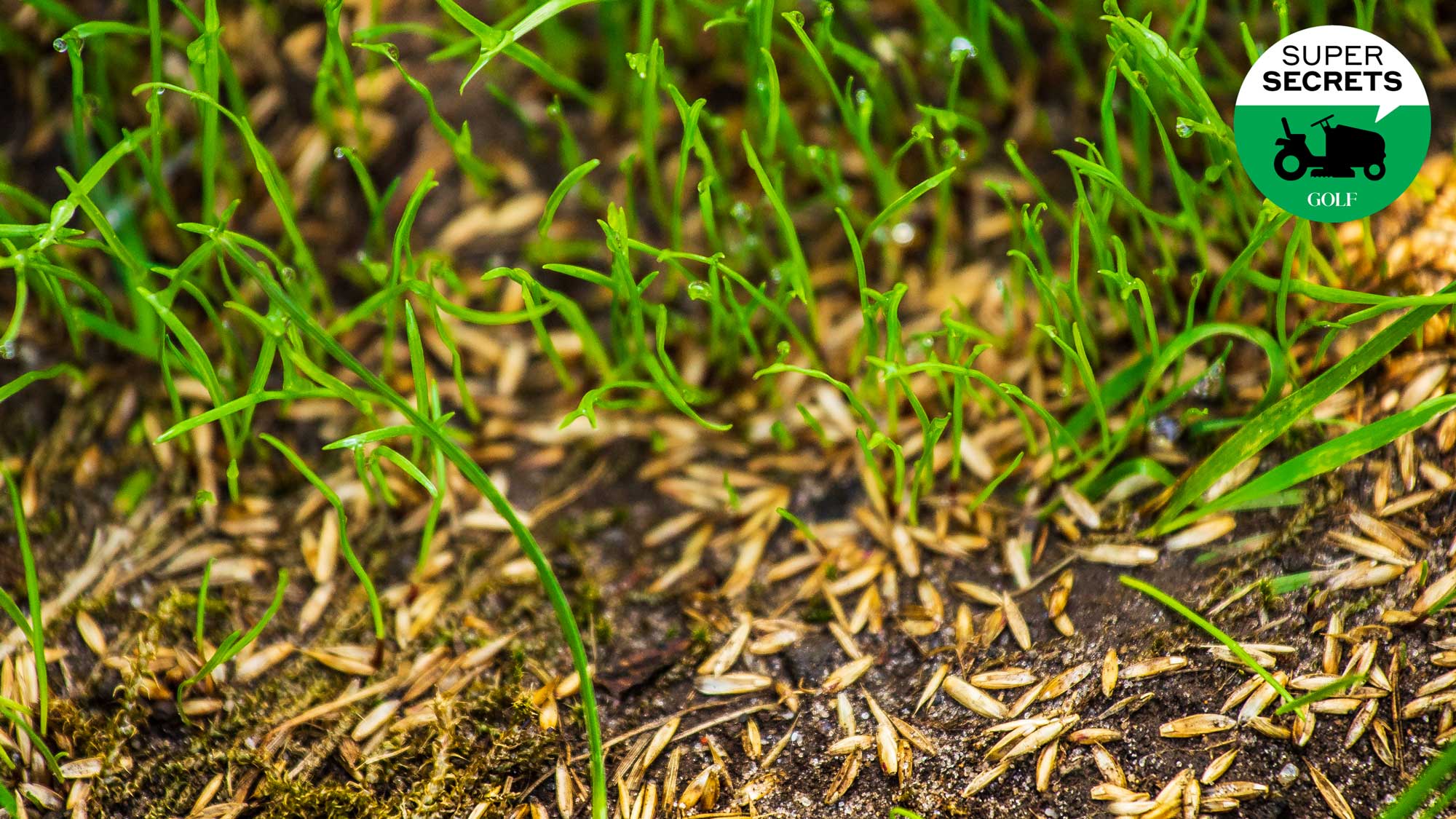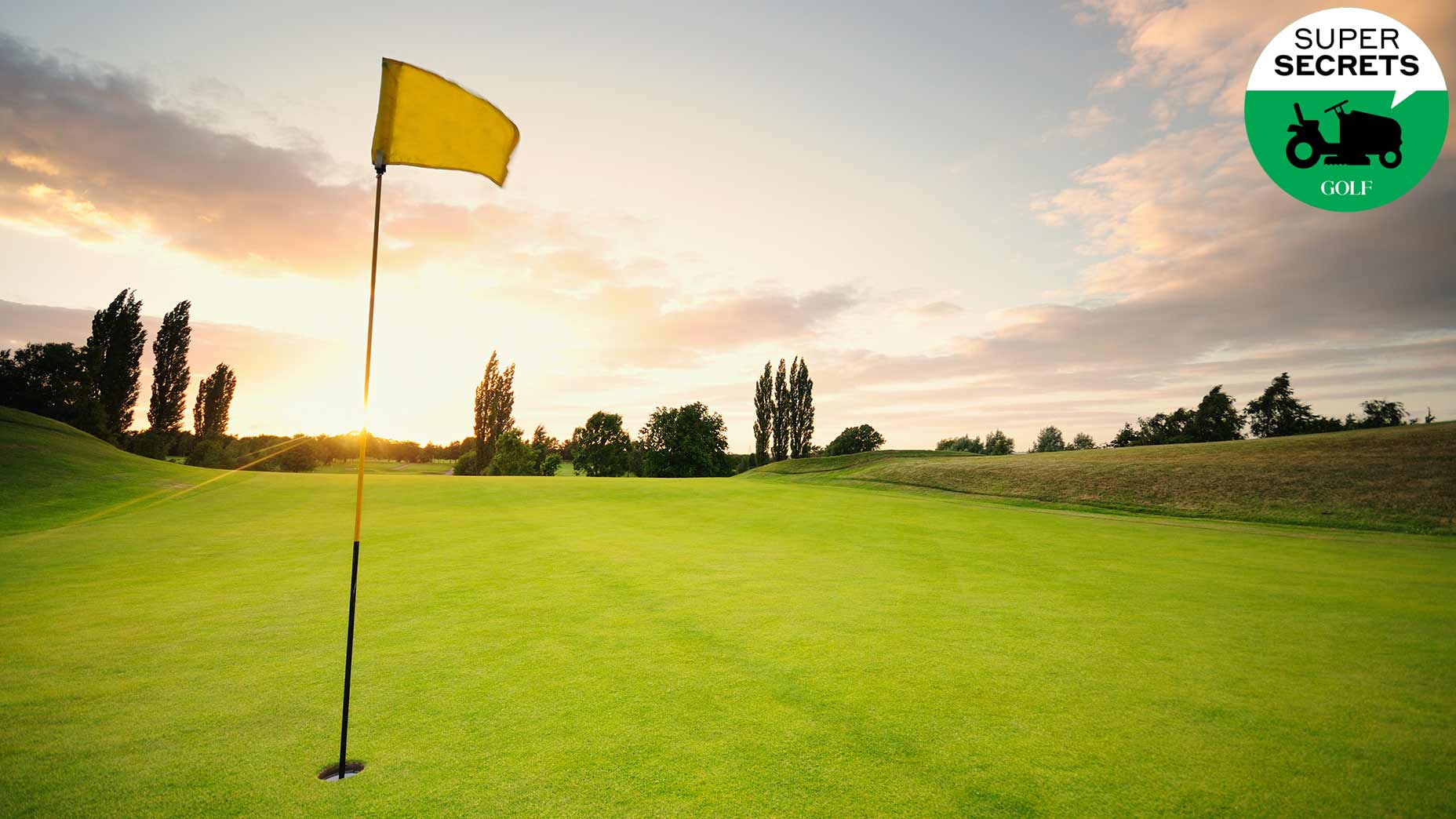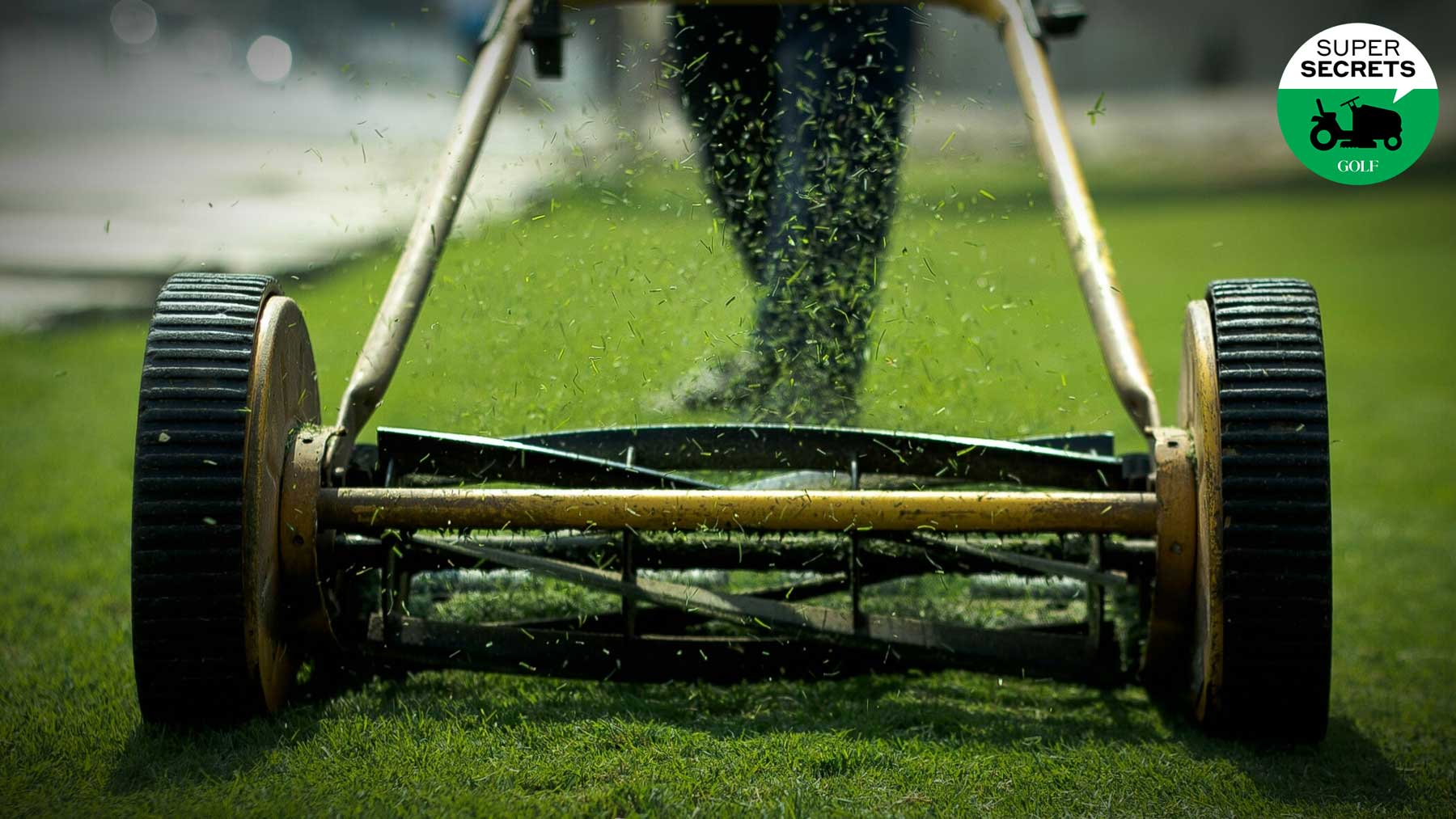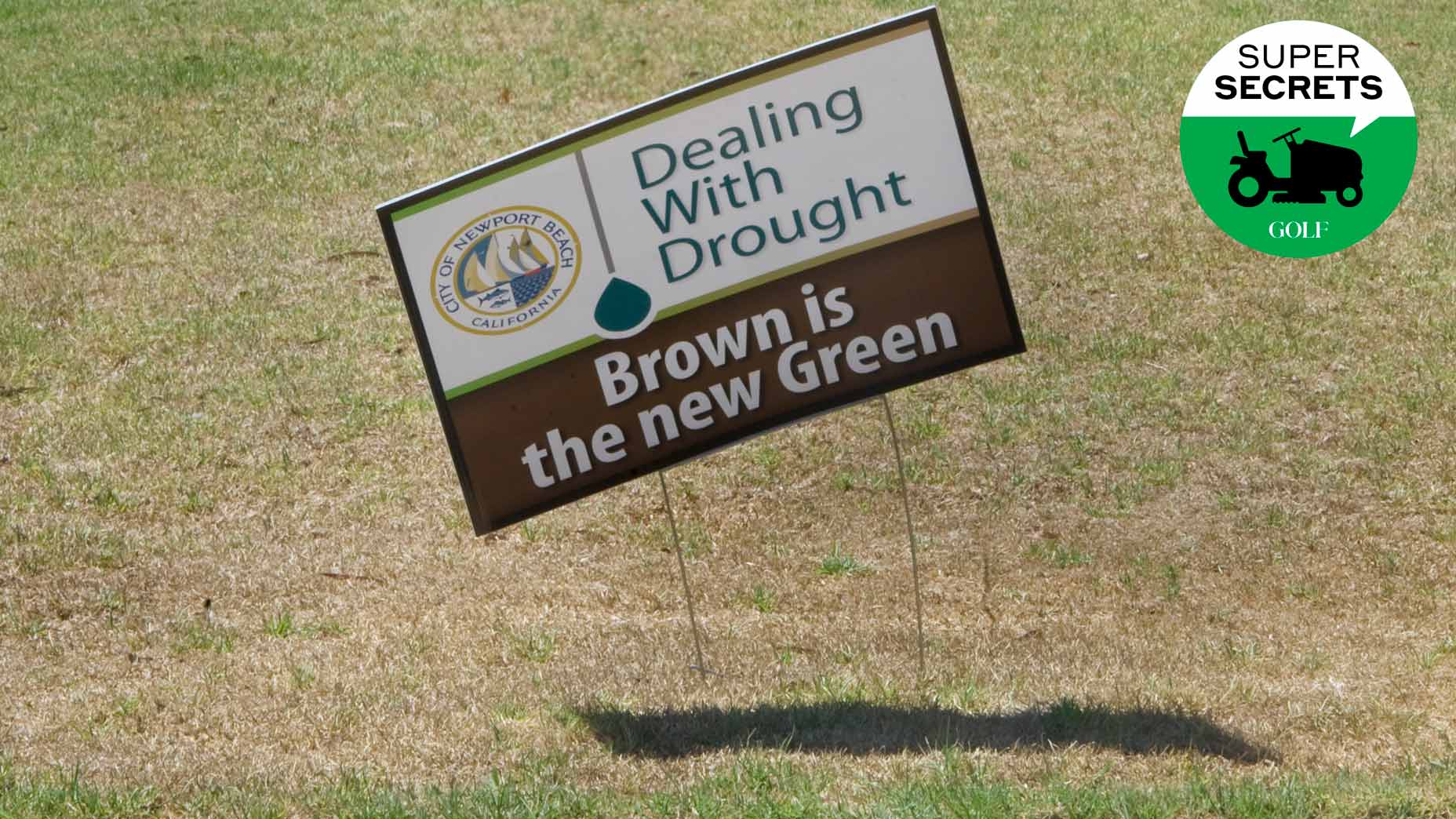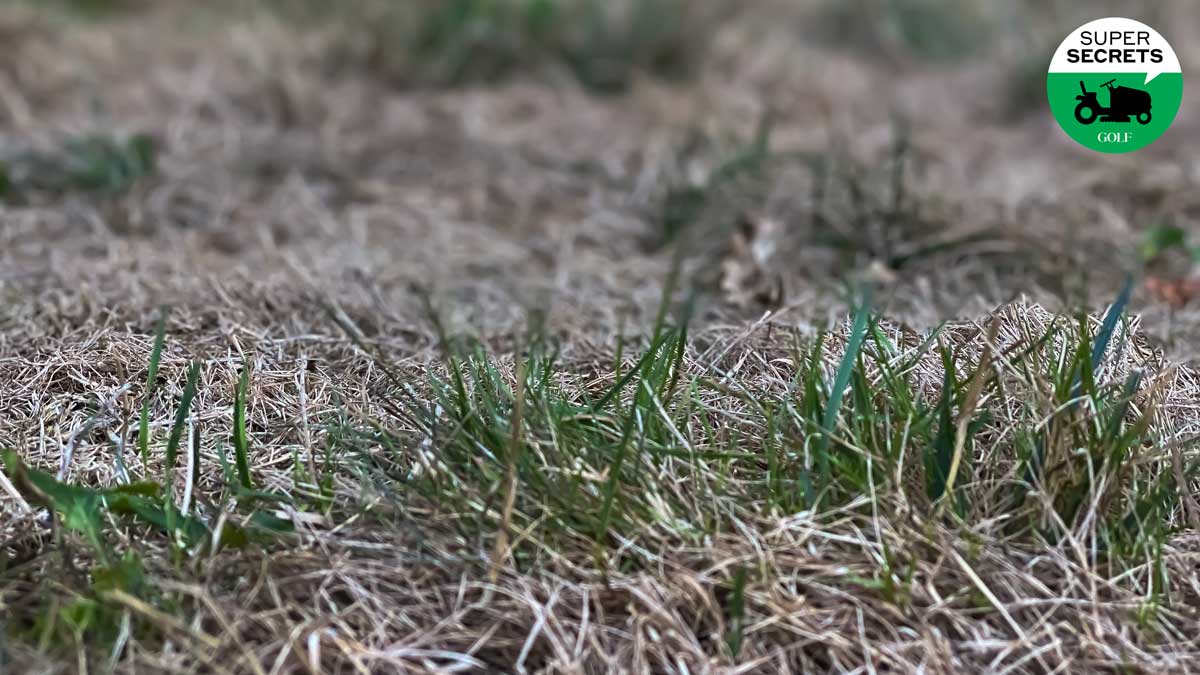All the leaves are brown, and the sky is gray.
At least, that’s the case in many parts of the country right now, where the weather has turned cold, and once-vibrant landscapes have lost much of their luster.
Does it have to be that way?
Why seeding your yard before winter will pay off huge come spring, according to an expertBy: Josh Sens
David Fisher is a landscape architect with Pinnacle Design Company, a La Quinta, Calif-based operation that specializes in golf courses, resorts and residential communities. It’s his job to help properties reach their aesthetic peak, even when it’s not peak season.
In the interest of brightening up the winter, we asked Fisher to point us toward plants and flowers that still pop with color around this time of year.
NORTHEAST
Hollies and Miscanthus Grasses
In northern climates, Fisher notes, “nothing flowers in the winter.” To maintain “winter interest,” he says, you’re best off with ornamental grasses, evergreens and plants that hold onto their autumn berries. Hollies have you covered on the berry front. As for grasses, it’s hard to do much better than miscanthus (also known as silvergrass), which retains its seed heads, giving rise to brown plumes that contrast beautifully with the evergreens that are so common around the region.
MIDWEST
Birches and Beautyberries
As with the Northeast, Fisher turns his focus here to barks and berries. The white bark of a birch has a ghostly allure, while the beautyberry, a deciduous shrub, brings a bright pop of color with lavender berries that can withstand frost and often make it well into winter, at which point they shrivel but still look pretty.
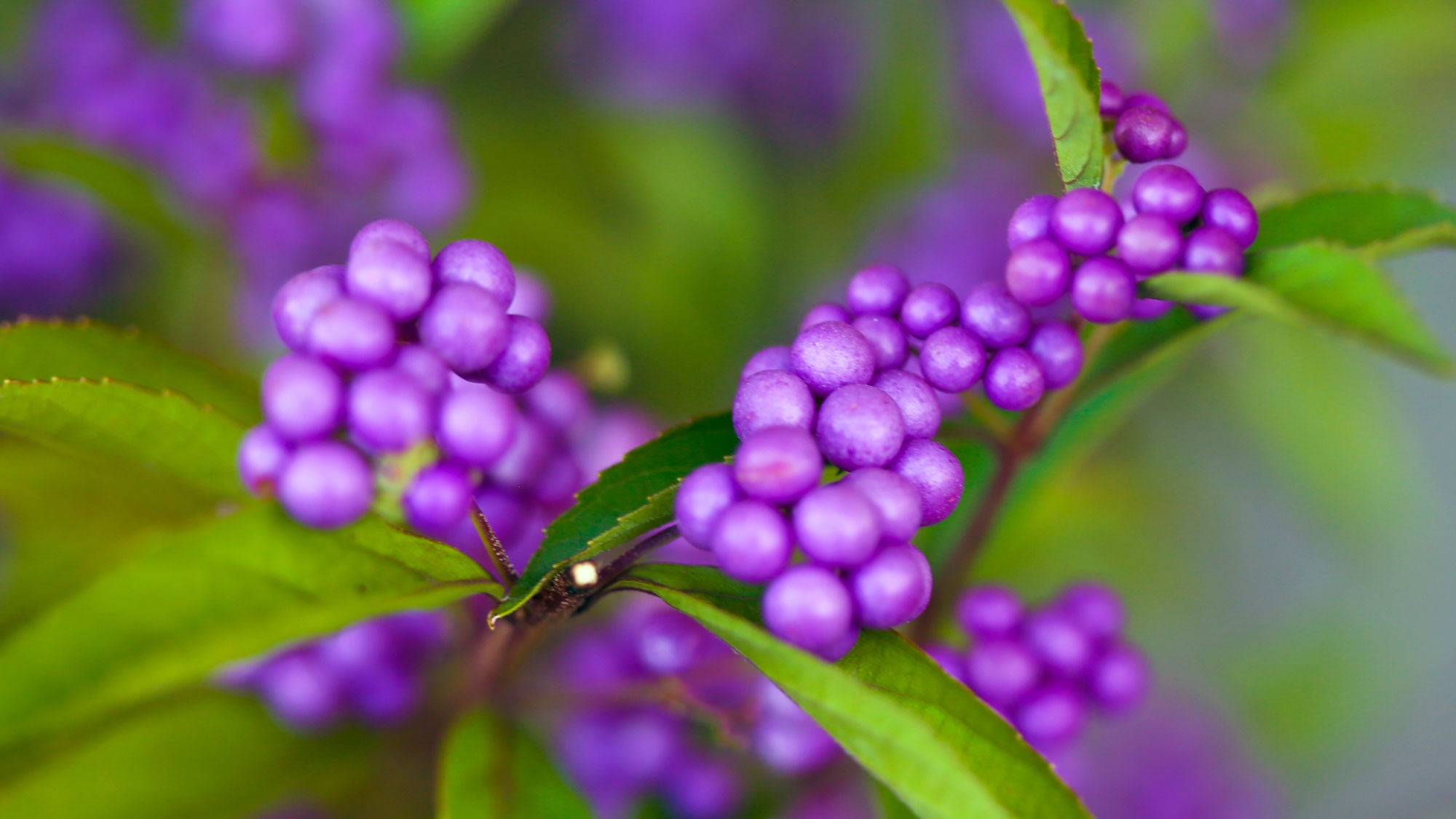
SOUTHWEST
Bougainvillea and Double Knock-Out Roses
The pink plush of bougainvillea in full bloom is a sight to behold. But it’s the leaf bracts, which aren’t technically part of the flower, that create the color, Fisher says. Then there’s the double knock-out rose. True to its name, it has double flowers that bloom continuously. They’re also hardy in the cold.
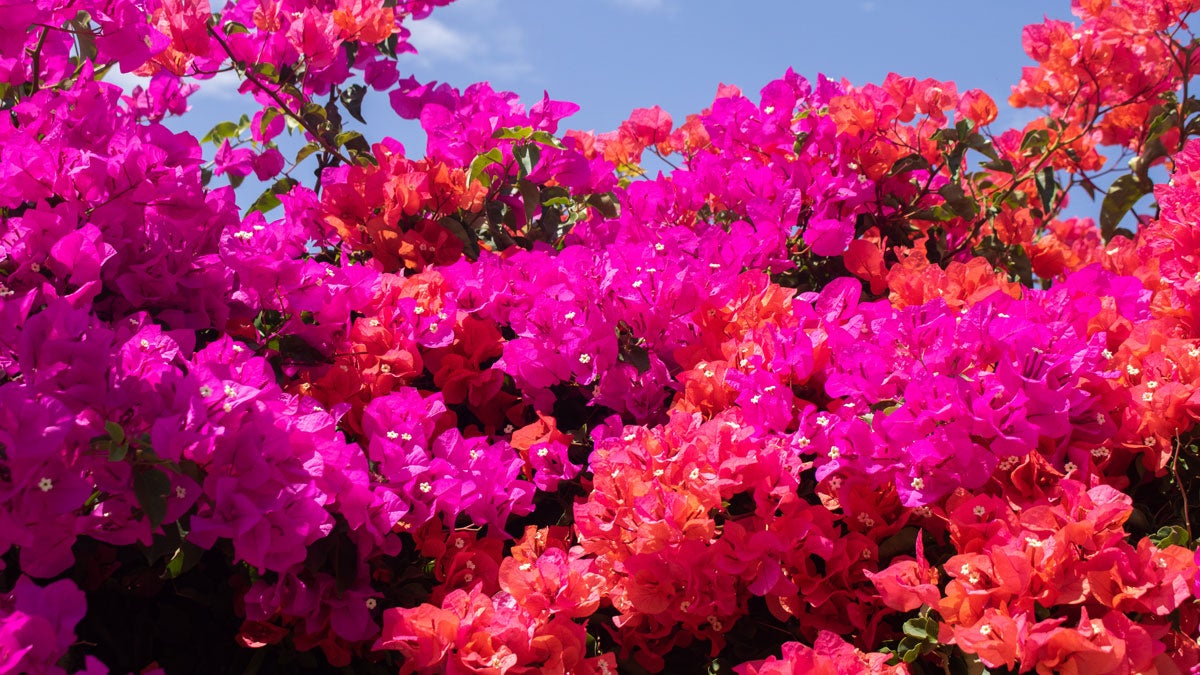
NORTHWEST
Rhododendron macrophyllum and Golden Euonymus
The Rhododendron, the state flower of Washington, doesn’t actually flower until the spring. But not to worry, Fisher says. It has “leathery leaves that give it a cool texture that contrasts nicely with other plants.” The Golden Euonymus, meanwhile, is easy on the eyes (but hard to pronounce), with dark green leaves fringed with yellow that maintain their striking look year-round.
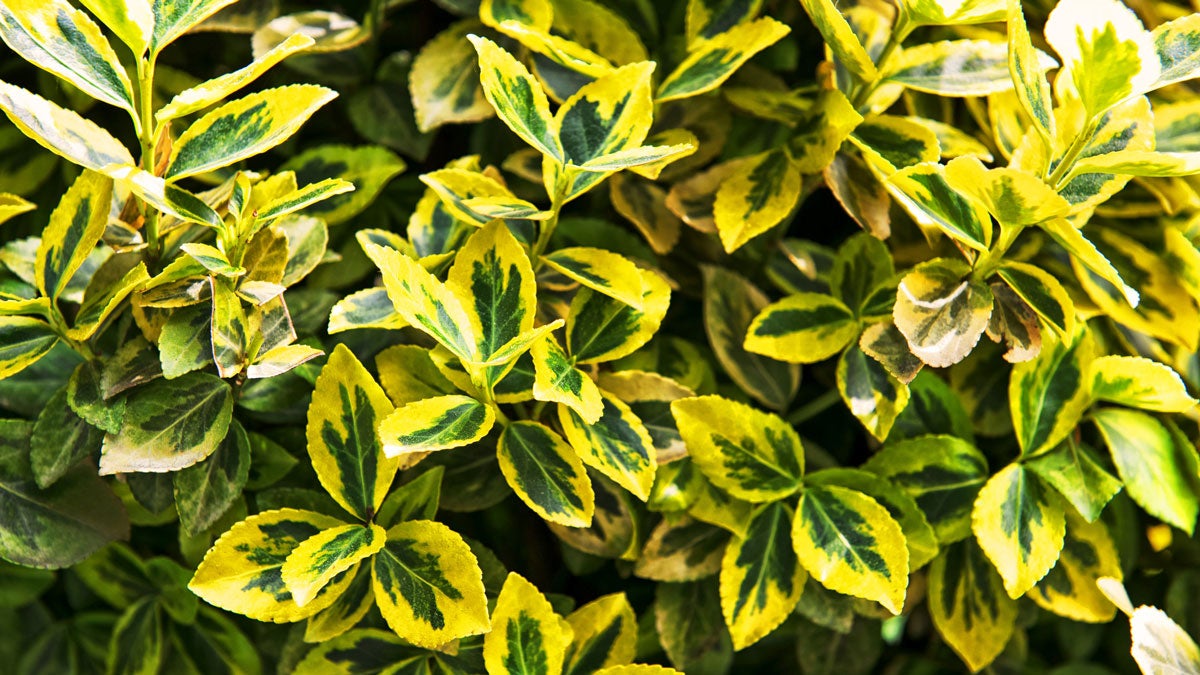
MOUNTAIN STATES
Sea of Gold Juniper and Japanese sedge
An evergreen shrub that grows about as tall as Ian Woosnam, the sea of gold juniper lives up to billing with golden-yellow foliage that deepens in color in the winter. The Japanese sedge, also known as Morrow’s sedge, is a low-growing tufted plant that you might have seen as landscaping on golf courses. They’re terrible to hit from but lovely to look at. They do nicely in the front ranges of the mountains, Fisher says, but not at high elevations.

